NASA’s Europa Clipper mission, set for launch in October 2024, is preparing to unlock the secrets of Jupiter’s moon, Europa. This mission aims to investigate the icy moon’s subsurface ocean, which may harbor conditions suitable for life. Could this mission reveal the first evidence of extraterrestrial life within our solar system?
Below the moon’s icy crust, scientists believe there is a vast ocean, potentially containing twice the amount of water found on Earth. The spacecraft will conduct over 45 flybys to gather data.
Why Europa?
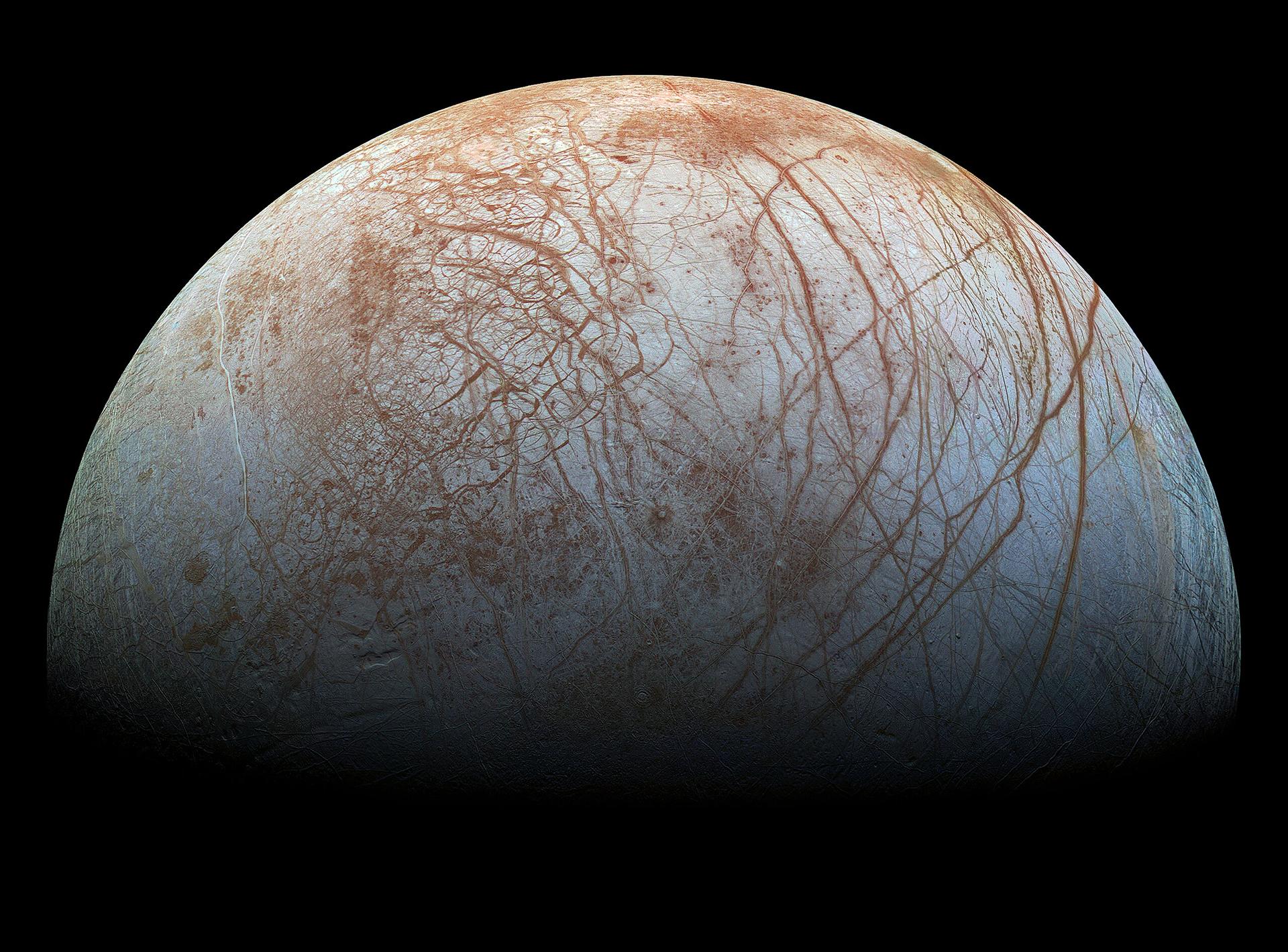
Europa, one of Jupiter’s largest moons, has long intrigued scientists. Its smooth, icy surface and the possibility of a liquid water ocean beneath make it a prime candidate for finding signs of life. NASA’s mission is designed to study the moon’s geology, ice shell, and the potential ocean underneath.
The focus will be on determining whether Europa’s ocean contains the right chemical ingredients to support life, such as organic molecules.
What is Europa Clipper?
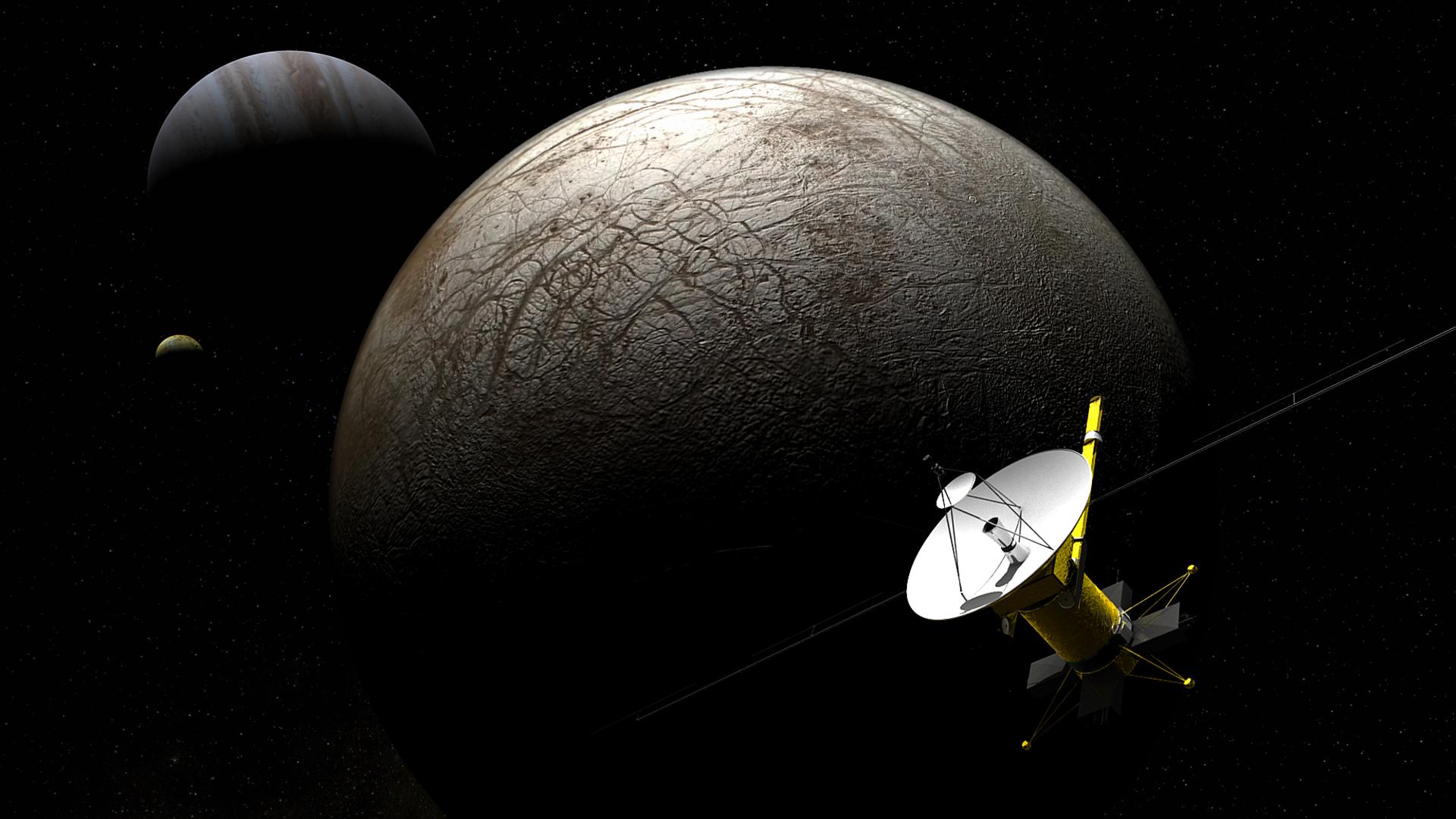
Europa Clipper is an orbiter that will travel 390 million miles to Jupiter’s orbit, performing detailed flybys of Europa. With its suite of scientific instruments, the spacecraft will analyze the moon’s ice shell and subsurface ocean to understand Europa’s habitability.
The instruments include radar to penetrate the ice, cameras to capture high-resolution images, and spectrometers to analyze the surface and atmosphere.
SpaceX’s Crucial Role

SpaceX has been selected to launch Europa Clipper aboard a Falcon Heavy rocket. This collaboration marks another milestone in NASA’s partnership with private companies to explore deep space. The Falcon Heavy’s power and reliability are key to the mission’s success.
This launch is crucial as it will set Europa Clipper on a trajectory toward Jupiter, allowing it to conduct its science operations.
The Search for Life Beyond Earth
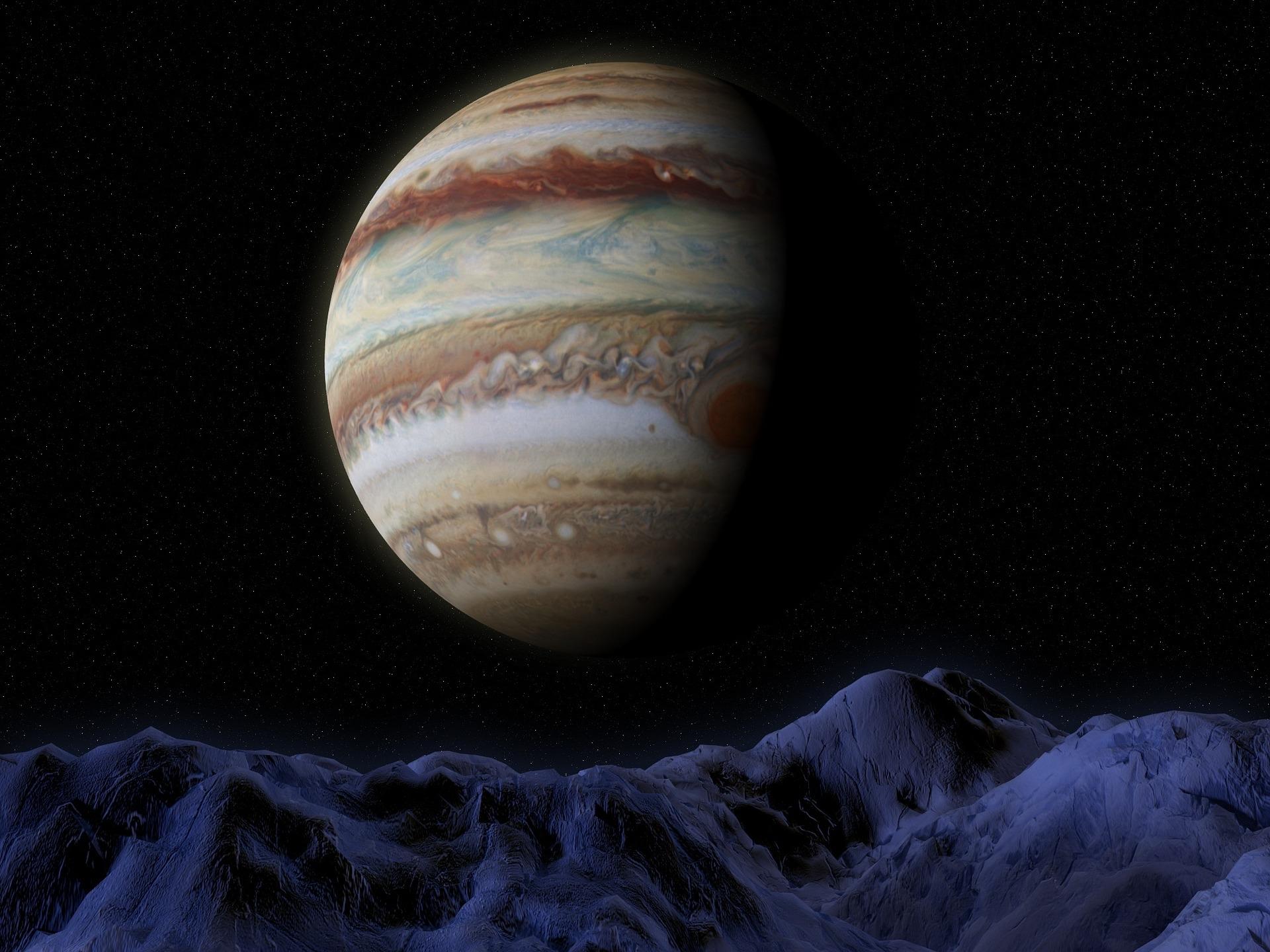
The ultimate goal of the Europa Clipper mission is to explore the potential for life beyond Earth. Europa’s ocean, warmed by tidal forces, may create a suitable environment for microbial life. Scientists hope to find biosignatures, which could indicate the presence of living organisms.
Any discovery of life on Europa would revolutionize our understanding of biology and the potential for life elsewhere in the universe.
Past Discoveries That Led to This Mission
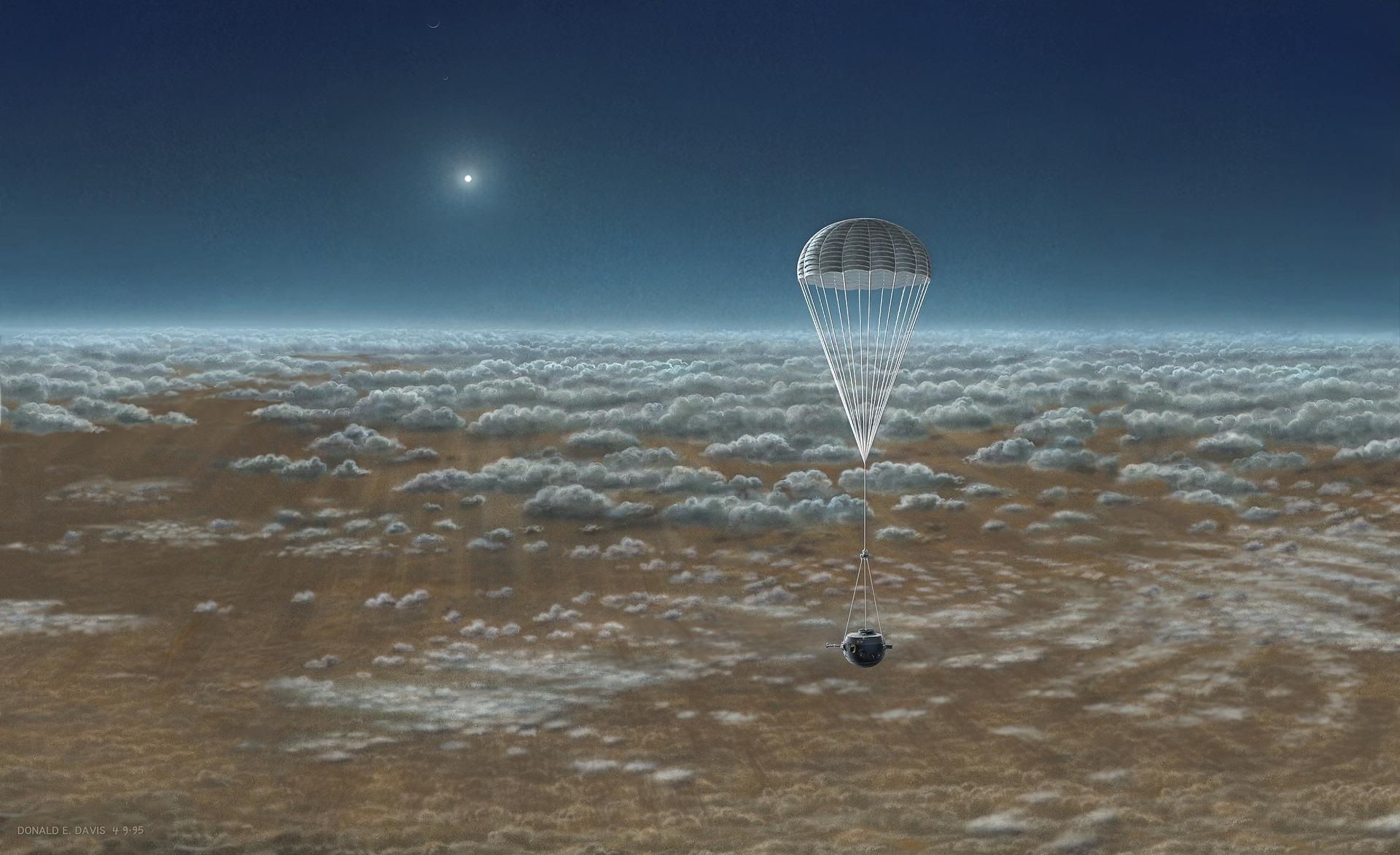
Previous missions like Galileo and Hubble have provided tantalizing clues about Europa’s ocean. Observations from these missions showed possible water plumes erupting from the moon’s surface, hinting at a dynamic environment beneath the ice.
These discoveries fueled the design and objectives of Europa Clipper, pushing scientists to explore the moon in greater detail.
The Science Behind Europa Clipper
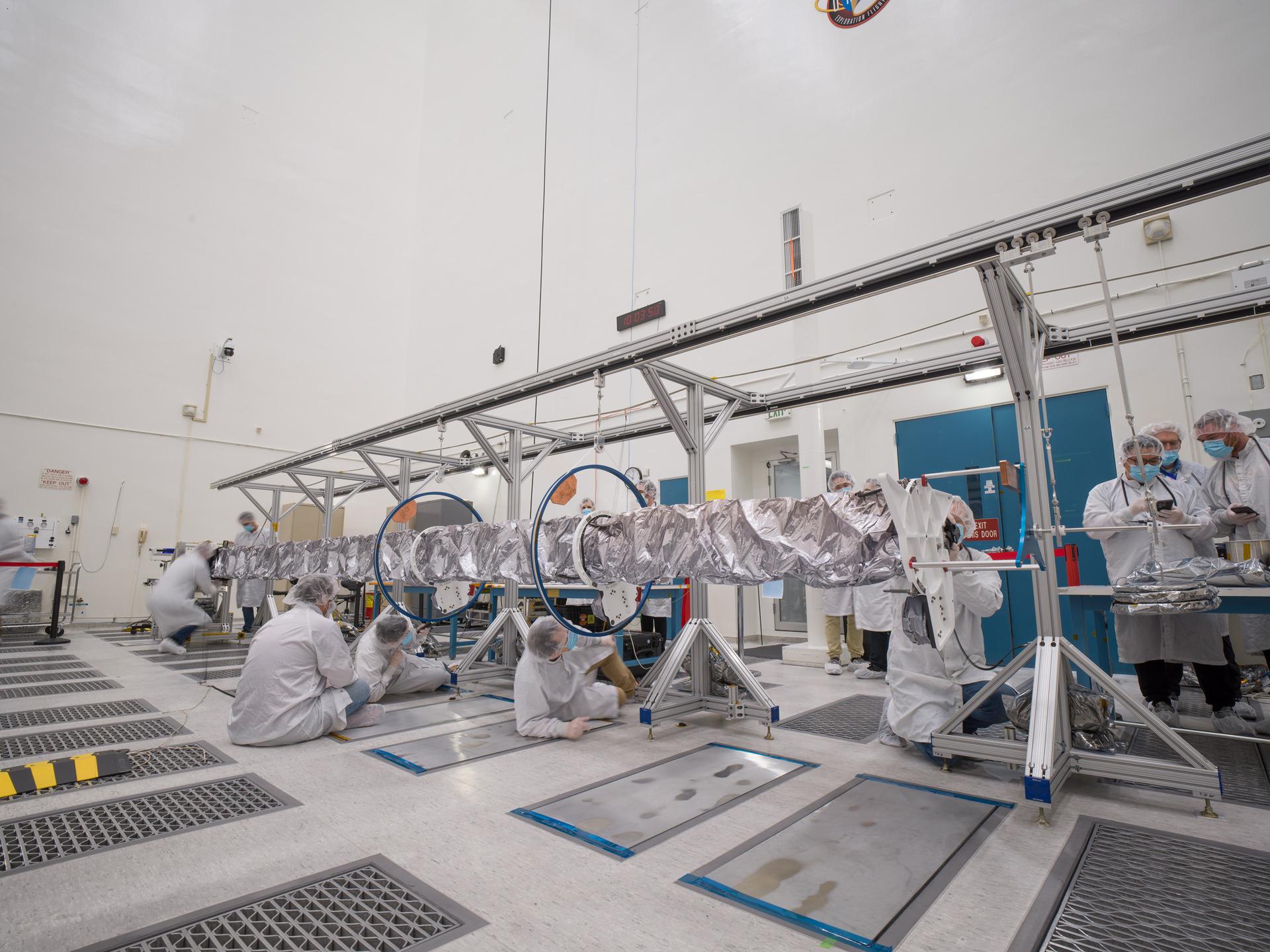
Europa Clipper’s suite of instruments will allow it to study the moon’s surface and interior in unprecedented detail. From radar systems that can penetrate the ice to magnetometers that will measure the depth and salinity of the ocean, this mission is packed with scientific capability.
This data will help scientists determine the moon’s habitability and prepare for future missions that might explore Europa’s surface.
The Future of Europa Exploration
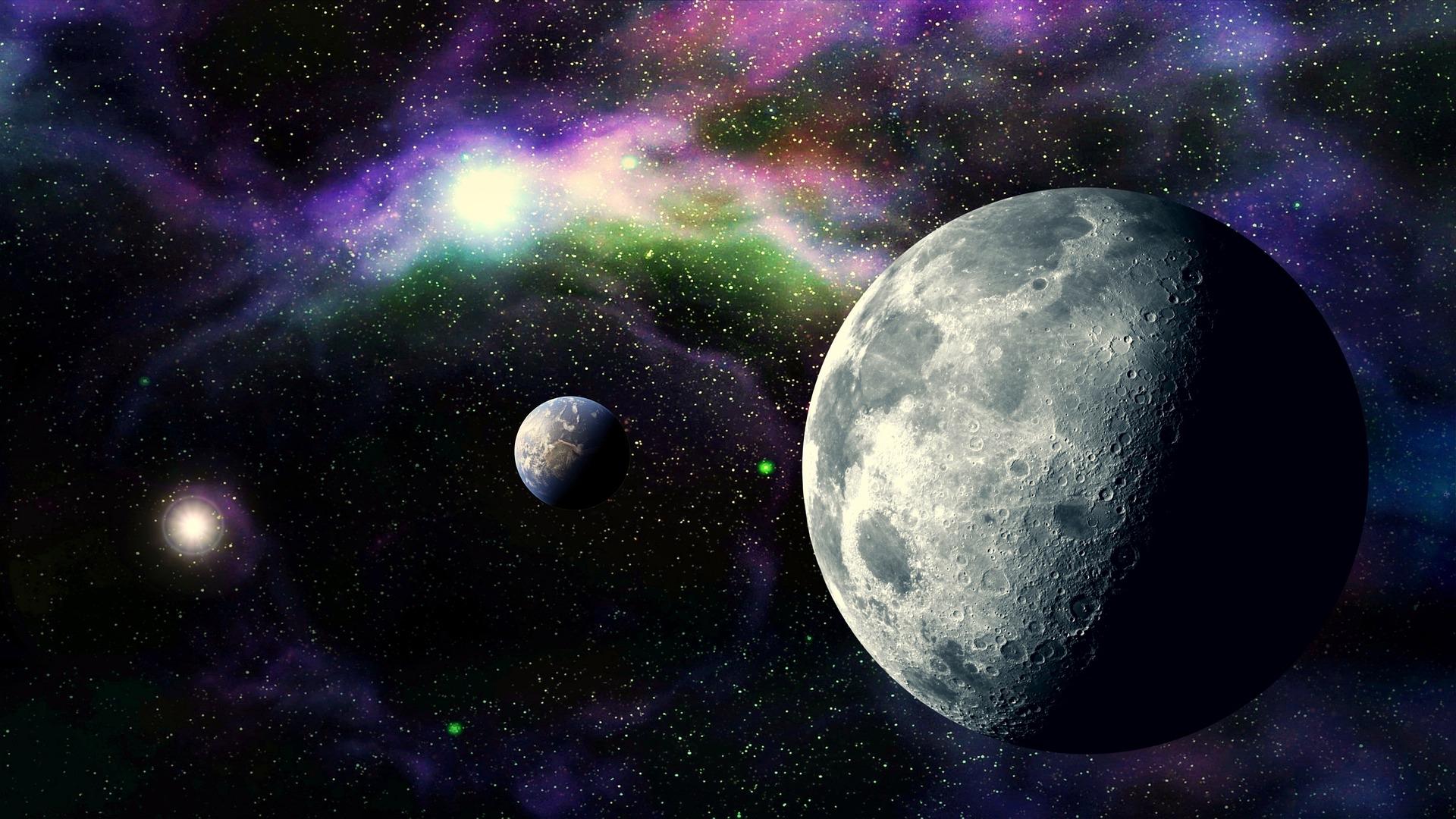
If Europa Clipper finds evidence of life or habitable conditions, future missions could include landers or probes designed to directly sample Europa’s ice or ocean. Such missions could bring back unprecedented data from an alien world.
These missions would represent the next step in exploring the potential for life on other celestial bodies in our solar system.
The Long Road Ahead
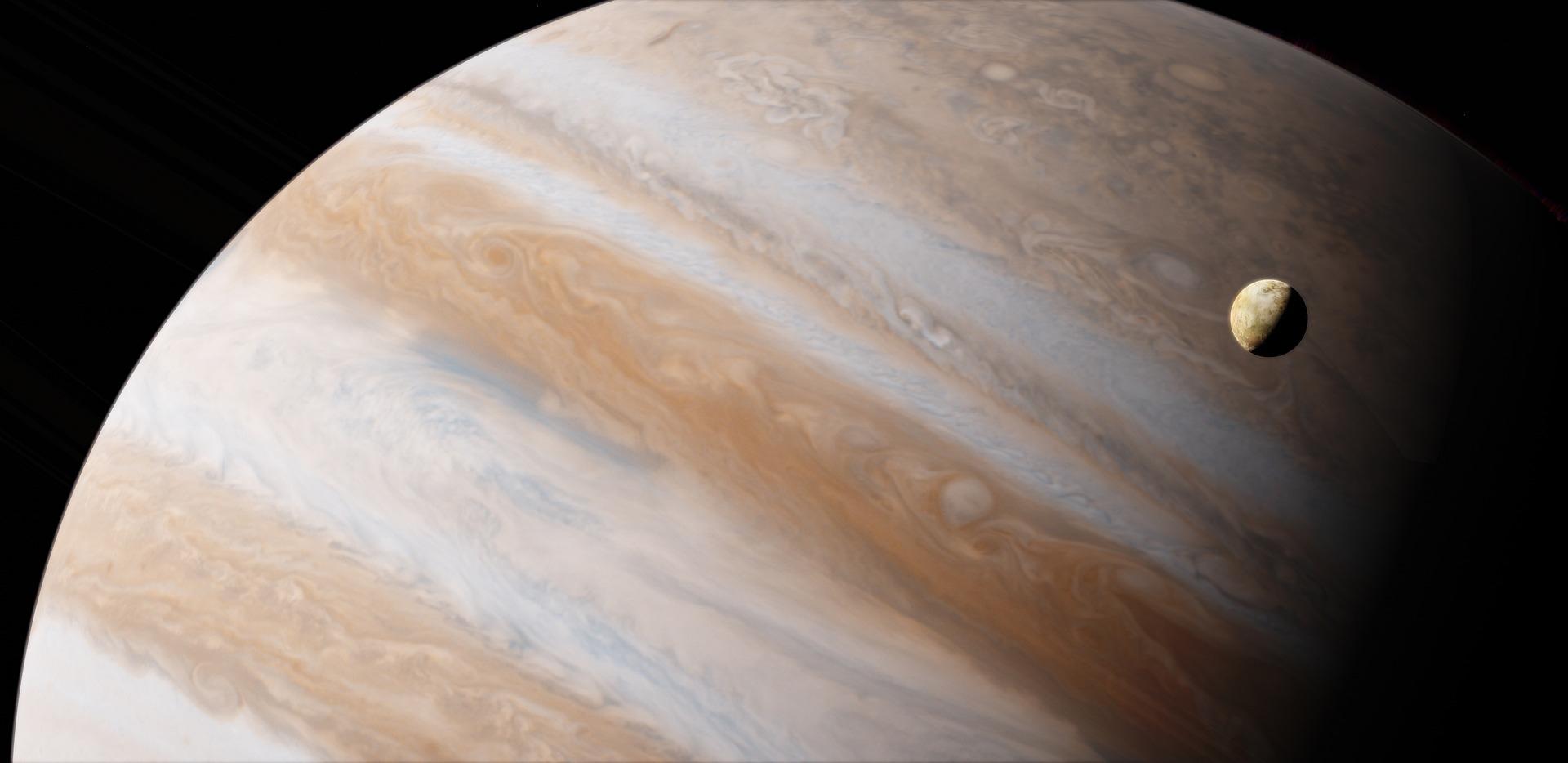
Although Europa Clipper’s launch is on the horizon, the mission will take several years to reach its destination. Patience will be essential as scientists and space enthusiasts await the spacecraft’s arrival at Jupiter in 2030.
Upon arrival, the spacecraft will begin its series of flybys, delivering groundbreaking data back to Earth over the following years.
A Milestone in Space Exploration

The Europa Clipper mission represents a significant leap forward in our quest to understand the universe and our place within it. As we venture further into the unknown, this mission stands as a testament to human curiosity and the relentless pursuit of knowledge.
With every mission, we get closer to answering one of humanity’s most profound questions: Are we alone in the universe?

